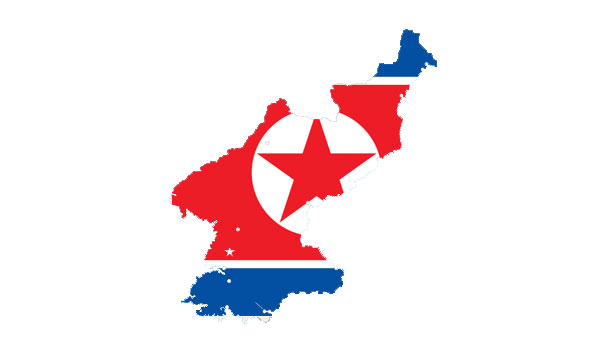A third nuclear test by the DPRK (North Korea) has been all–but inevitable ever since the less than optimal results at its first two nuclear tests. Between 1945 and 1990, the US and Soviet Union conducted over 1000, and about 800, nuclear tests respectively and the French around 200. Even now, the Republicans refuse to allow the US to ratify the CTBT which would at least ban further testing.
As of now, the DPRK has hardly more than 10 unreliable warheads of around 10Kt maximum each. The DPRK’s tests have all been less than one Kt. It is speculated that the first DPRK test was a ‘fizzle’.
It is therefore inevitable – given the priorities of the regime – that they would want to ‘improve’ their arsenal and their delivery system. And it is equally inevitable that sanctions will merely reinforce their determination to do so. This is of course extremely bad news for the entire North Asian region, leading as it will to pressures from quarters in Japan, South Korea, and Taiwan, to ‘go nuclear’. This in turn leads to more itchy fingers over more and more nuclear triggers, increasing the likelihood of actual use of nuclear weapons by orders of magnitude.
Yet it must be said that the imposition of sanctions was never going to do anything other than make the DPRK yet more determined to obtain nukes no matter how many of its citizens might starve as a result of that determination.
And while the DPRK has its 10 or so rather pathetic weapons, Pakistan and India have 110 and 100 respectively, with the population of Kashmir being told to build bunkers and ‘duck and cover’, as US and Russian citizens did in the 50s and 60s. A nuclear war between India and Pakistan, using 0.3% of global nuclear arsenals and around 200 warheads, could create immediate casualties of over 150 million and deaths from famine in the ensuing ‘nuclear autumn’ of up to one billion globally.
An accidental nuclear ‘exchange’ between the US and Russia, who maintain over 2000 warheads on high alert, on the latest Minuteman-III and Topol-M missiles capable of launch in less than a minute, and who have over 10,000 warheads total, would produce temperatures lower than the last ice age, and would be the end of civilisation and possibly of the human (and many other) species.
The DPRK is quite incapable of that. Yet the US and Russia maintain their missiles in a configuration in which an accidental apocalypse is entirely possible.
An impending DPRK nuclear test cannot possibly be good news for the planet, and makes it more likely that someplace sometime, by madness, malice, miscalculation or malfunction, nuclear weapons will actually be used.
Yet the policies adopted toward the DPRK – (to be sure, not people who are in any way easy or pleasant to deal with!) – are entirely predictably going to bring about precisely the opposite result to the result we all want. Blind Freddie can see this, and the DPRK itself is telling us that in unambiguous language. The next DPRK nuclear test, possibly accompanied by the launch of real ICBMs, unfolds with all the inevitability of a Greek tragedy. Perhaps there are NO ‘right’ answers to the North Korean problem.
And this is an ill wind that blows nobody any good.






